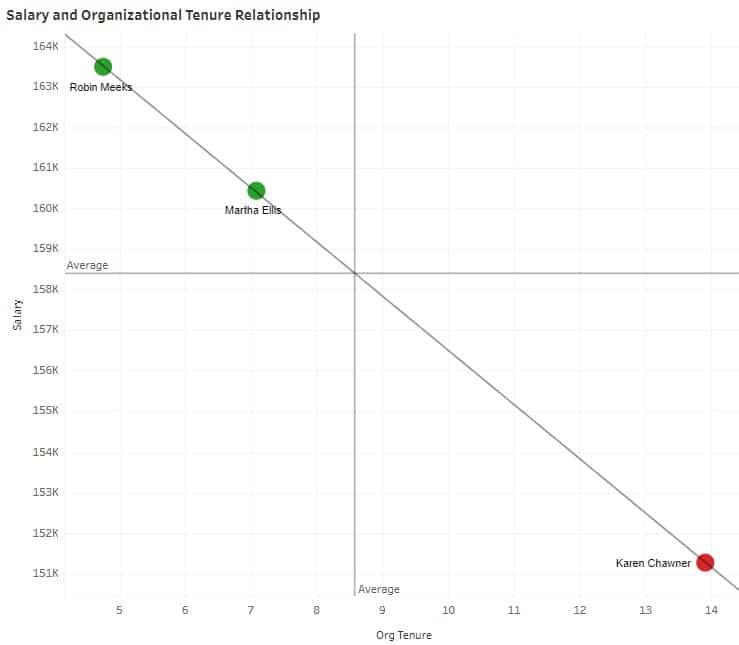In today’s competitive job market, a growing phenomenon known as “pay compression” is creating unique challenges for both employers and employees. But what does this term mean, and how does it impact the workplace? This blog post will unravel the meaning of pay compression, provide examples, differentiate it from salary inversion, and shed light on its opposite.
What is the Meaning of Pay Compression?
Pay compression or salary compression, is a situation where there is a small difference in pay between employees irrespective of their skills, experience, or tenure. This typically arises when external market salaries increase more rapidly than internal wage increases and have been more common in the post-pandemic world as inflation and a quick-moving labor market have been common in most countries.
As pay transparency becomes more common, and the importance of pay fairness expands, managing pay compression is more important than ever before. Understanding pay compression is crucial for both businesses and employees. For businesses, it can lead to retention problems as longer-tenured staff may feel undervalued. For employees, as the external labor market moves more quickly, it may mean there are more opportunities for pay advancement.
Real-world Examples of Pay Compression
Consider a scenario where an experienced employee, Karen, has been with a company for fourteen years. Despite his tenure and experience, a new hire, Robin, with significantly less experience, is offered a salary close to that is 10% higher than Karen’s current pay. This is a classic example of pay compression.
Another example can be seen in industries impacted by rising minimum wages. Suppose a retail store or a restaurant increases the pay for entry-level positions to comply with new minimum wage laws. As the entry-level wages increase and other roles (perhaps a team captain or a shift lead) do not increase proportionately, the gap in pay between the roles shrinks. This too is an instance of pay compression.

Pay Compression vs. Salary Inversion
While pay compression and salary inversion are related, they represent different scenarios. Salary inversion, also known as wage inversion, occurs when newer employees are paid more than experienced employees in the same position.
So, while pay compression talks about minimal wage differences irrespective of experience or tenure, inversion is an extreme case where the newer hires actually earn more. It’s important to note that both scenarios can lead to dissatisfaction and morale issues within the team if not addressed promptly.
The Antithesis of Pay Compression
So, what’s the opposite of pay compression? It would be a situation where salaries increase proportionately with experience, skills, and tenure. In such an Organization, a new hire would start at a lower wage than an experienced employee, and increments would be based on factors like performance, responsibility level, and years of service. This type of salary approach may provide a sense of pay fairness and drive motivation, but pay compression does not always mean pay unfairness. There are many times when a new hire can justifiably be paid more than tenured employees. Previous work history, education, being the CEO’s nephew, and documented high performance are all compensable factors that may be considered when developing salary offers for a new hire.
Conclusion
Pay compression is a complex and sensitive issue that should be handled carefully. It’s vital for businesses to be aware of this phenomenon, as neglecting it could create perceptions of pay unfairness and reduce employee morale, driving higher turnover rates and loss of productivity. Pay Compression is a compensation challenge as old as they get, but creating consistent and thoughtful approaches and communicating with employees may significantly improve the Organization’s position and ability to manage the compression that occurs.



No responses yet